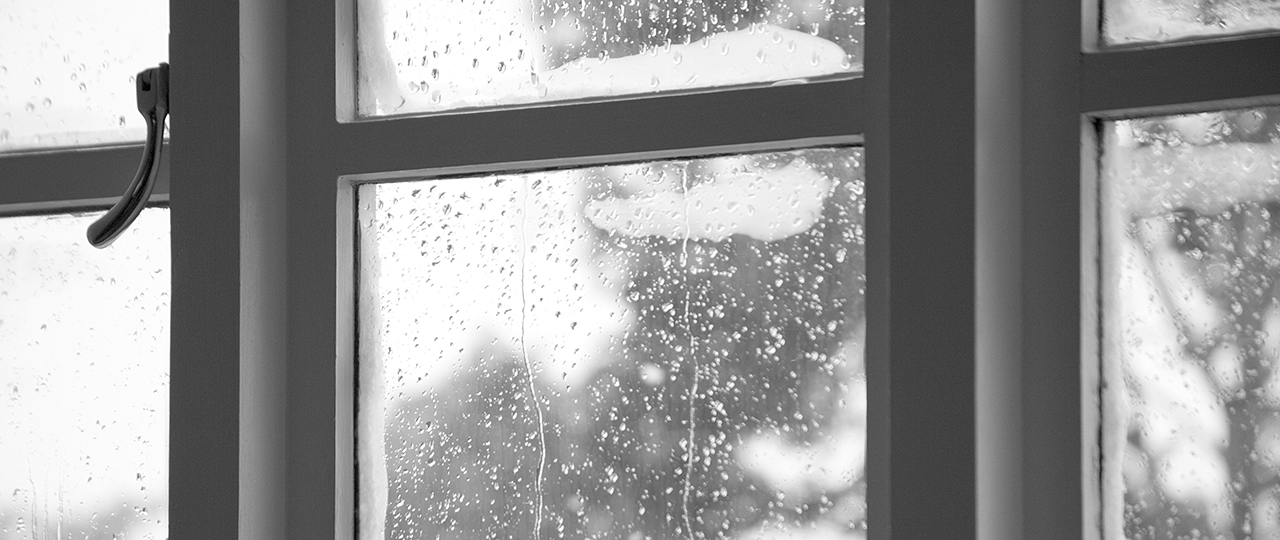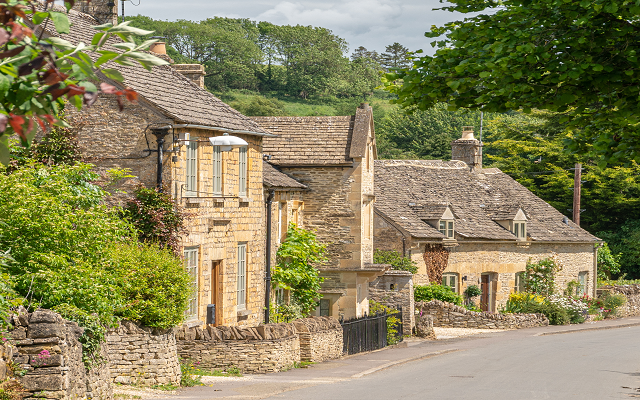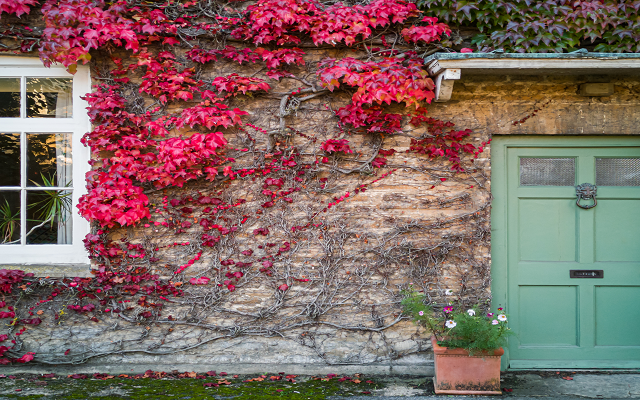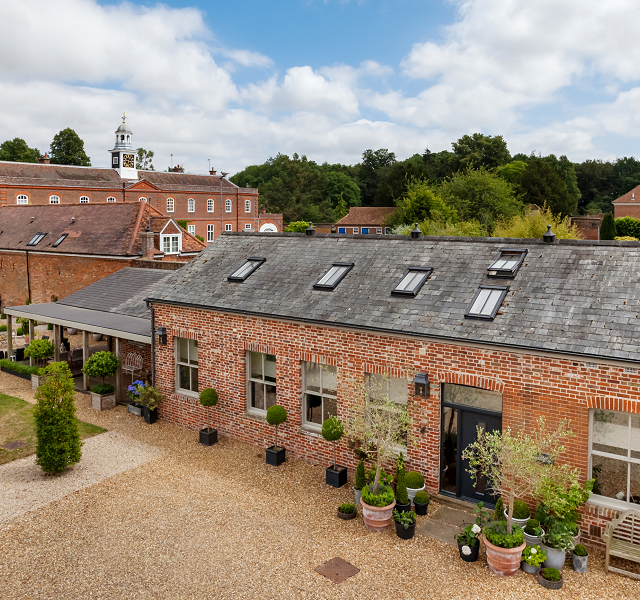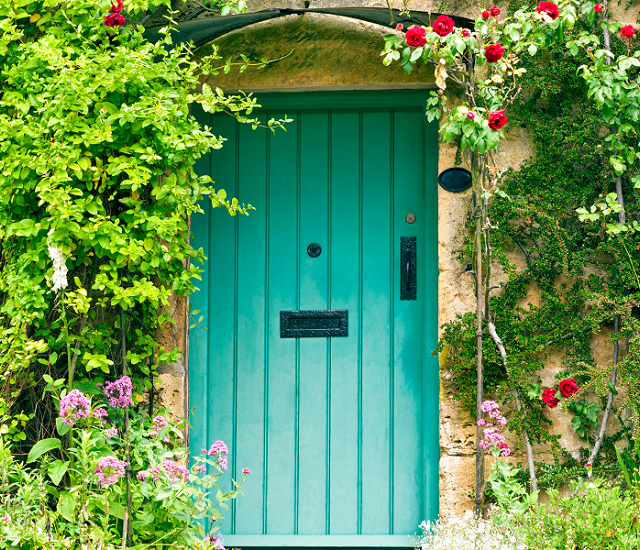Top tips on managing condensation in your home
Condensation is a common problem in older houses and it can get worse over the Christmas period when more people in the home, can mean extra showers, washing and cooking.
The signs of condensation are obvious – water running down windows and walls, damp patches, peeling wallpaper and mildew – with common problem areas including kitchens, bathrooms and behind furniture.
So what’s the best approach to managing condensation in an older, traditional property?
Firstly, there is no overnight solution. Condensation does not just occur on wall surfaces – it can also be a problem within the walls. Conditions can be significantly improved, but it will take time and the correct management.
The key to managing condensation is to have adequate ventilation, so that the warmer moisture-laden air has an escape route.
This can be achieved by:
- Ensure that UPVC windows have vents that work – if not, get vents fitted. Most windows can also be locked in the open position on a trickle setting to improve air flow.
- Turn the heat down. Taking down the temperature by a few degrees means that less water goes into suspension in the air, so less condenses when it hits the colder walls and windows.
- Avoid running your heating on an off/on cycle. In terms of managing condensation, it is more effective to run the heating at low temperature (say 15 degrees) all the time and turn it up when required.
- Uncover ventilation bricks – they are there for a purpose.
- Remove some draught excluders.
- Make sure kitchens and bathrooms have an extractor fan and they are used while cooking/bathing.
- If using a tumble dryer make sure the pipe is vented through a window.
- Before you take a bath or shower try warming the room up first.
- Use lids on saucepans when cooking even if you have an extractor.
- Avoid drying clothes in the house.
- Ventilate wardrobes by allowing a good flow of air around clothes as stagnant pockets of air will encourage mildew.
If condensation is very problematic then it may be necessary to look at insulation and double glazing, although this comes at a cost and could exacerbate the problem in older homes if the building becomes so super-insulated it can no longer breathe.
Other tips for making sure your property is a nicer and safer place to live in over the winter include:
- Check boilers are serviced and chimney flues are swept.
- Insulate pipes (including in the loft), outside taps and header tanks.
- Ensure everyone knows where the stop tap is and that it works, and who to contact if a pipe bursts.
- Have a torch or candles to hand in case of power cuts.
- Inspect trees as branches can break due to snow loads.
- Clear gutters ready for heavy rain and thawing snow.
- During the winter months, rodents can come into properties for shelter, so be vigilant and control any pests at early stages to prevent the problem getting worse.
